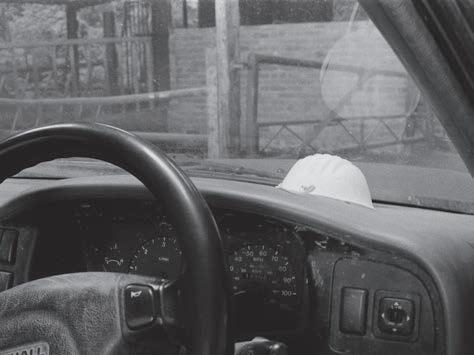
8 minute read
Manksland
M A N K S L A N D

Advertisement


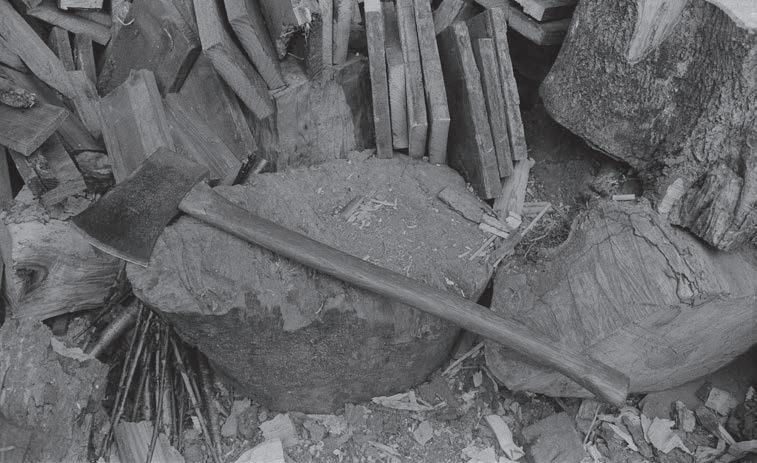



Words & Photographs Erin Dimelow In March 2020 the world came to an abrupt halt, with our own island lifting the drawbridge, closing our borders and locking down. While COVID-19 is still dramatically affecting other countries, our small population has been able to oppress the virus and allow a semblance of normality to return.
The global pandemic has been coined as ‘unprecedented’, whereby most have never experienced such an event in their lives; mandatory lockdowns, economic depletion and social distancing, all paired with seemingly draconian punishments, were the new norm.
Upon returning to the island a week prior to the national lockdown, and residing under a mandatory 14-day quarantine, it felt as though I’d stepped back in time. The media’s portrayal of lockdown life depicted neighbours dancing together in the streets, weekly applauds for the NHS, and communities coming together like never before. Living on a farm tucked away in the hills, our experience of lockdown was profoundly different, one where cows needed to be tended to, fences were to be fixed and vegetables to be grown. This is Manksland, in all of its authenticity.
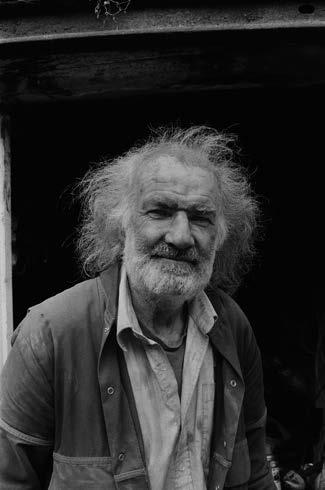
Manksland, a title deriving from the traditional spelling of Manxland, is a documentation of a modest Manx farm amid lockdown; an equilibrium of a seemingly idyllic rural lifestyle and an enforced isolation and ensuing felt solitude. As the island bands together in a spell of community spirit, Manksland offers the public a different perspective of life during lockdown, one where it’s not all Netflix and home workouts.
The narrative is one that represents many of our island’s farmers; modest, aged, forgotten workers, who have devoted their lives to our countryside and continue on without praise or recognition. Over the years the value of agriculture has been substantially disregarded, causing damage to the industry. However, in these times of uncertainty, the awareness, concern and
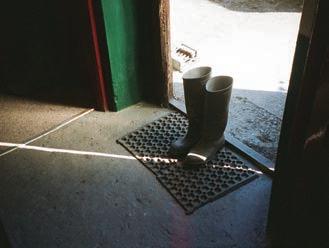

demand for food has redirected attention to local produce, where food comes from and those who work year-round to supply it.
This intimate portrayal of a more traditional, quieter and lonelier life encapsulates an alternative version of lockdown, one redolent of the past. Documenting the ongoing daily duties that would increase in length as the days became longer, alongside moments of stillness and beauty that engender a sense of the atmosphere being felt. Manksland offers a narrative of life on a Manx farm during the pandemic, and a retrospective exhibition for all to see.
Restrictions on social gatherings resulted in the work being exhibited digitally on two of the leading social media platforms, Follow on Facebook and Instagram to view Manksland.
Facebook: Manksland https://www.facebook.com/manksland | Instagram: @manksland Manksland has kindly been commissioned by the Isle of Man Arts Council www.iomarts.com
TOP 10 FAMOUS PEOPLE FROM THE ISLE OF MAN
Actors, activists, musicians, designers, sportsmen and poets – for an Island in the middle of the Irish Sea, the Isle of Man is no stranger to producing exceptional people. Here at RL360, we are proud to share a heritage with them and so we’ve compiled a list of top famous people from Isle of Man that you should know.
1. Barry, Robin and Maurice Gibb The Isle of Man was the first home of brothers Barry, Robin and Maurice Gibb - better known across the world as the Bee Gees. Over a career spanning 4 decades, the brothers produced over 20 albums and sold over 120 million records worldwide. They’ve been hailed as the soundtrack to the disco scene in the ‘70s and with infamous hits including ‘Staying Alive’, the Bee Gees remain to this day the 5th biggest-selling pop act of all time.
2. Mark Cavendish Mark Cavendish - the Manx Missile - is without a doubt one of cycling’s greats. A Manxman born and bred, his passion for cycling was evident from a young age, when he would race his BMX at the National Sports Centre in Douglas at the RL360 Youth Cycling League. Throughout his career, Cavendish has won 30 Tour de France stages and 48 Grand Tour stages - making him one of the most exciting cyclists to watch and the best tactical sprinter of a generation. 3. Archibald Knox Archibald Knox was a Manx designer whose celebrated partnership with Liberty & Co made him one of the most influential figures in the British Art Nouveau movement of the late 19th and early 20th His pioneering and prolific designs are steeped in Manx culture and reflect a lifelong fascination with the Island’s Celtic and Norse heritage. Today he has amassed a huge following across the world with actor Brad Pitt counted as one of his most famous collectors.
4. T.E. Brown Victorian scholar, teacher, theologian and Manx national poet - Thomas Edward Brown, or T.E. Brown as he was more commonly known, is one of the Isle of Man’s greatest cultural figures. He explored various genres and themes in his poetry but he is best known for his work with the Manx dialect, and particularly for his Fo’c’s’le Yarns, published in 1881. 5. Illiam Dhone Manx Politician Illiam Dhone was shot on Hango Hill for treason in 1663. He’s one of the Isle of Man’s most famous historical figures but also one of its most complex. At the end of the English Civil War, the Isle of Man emerged as one of the last remaining royalist strongholds and it was the rebellion led by Illiam Dhone which finally forced its surrender in 1651. Illiam Dhone died in infamy after being branded a traitor by his contemporaries, but today he is remembered as a Manx patriot – the man who saved his countrymen from slaughter at the hands of the parliamentarians.
1 5
3


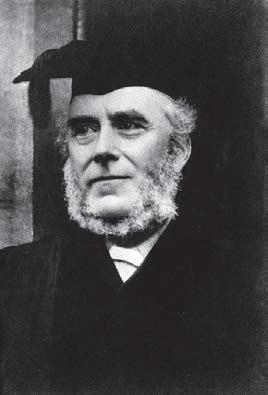
4
2

6 10
7
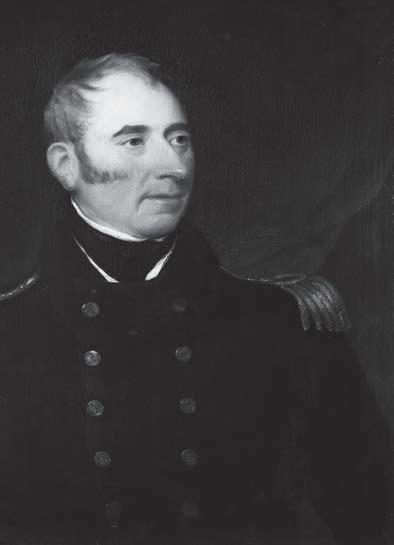


8


9
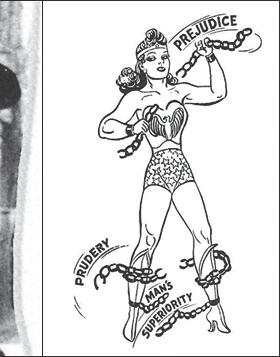
6. Samantha Barks This Manx actress and singer shocked the nation with a seemingly overnight rise to fame. Samantha Barks left her hometown in Laxey aged 16 to pursue a career on the stage. The following year she was runnerup in the BBC talent show ‘I’d Do Anything,’ and shortly after that she gave a standout performance as Eponine in the 2012 film version of Les Misérables. Today she has starring role in Broadway under her belt as well as numerous leading roles on the West End.
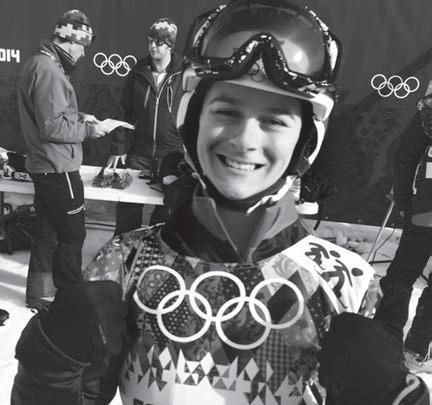
Honourable mention: Elizabeth Holloway Marston Elizabeth Holloway Marston might not sound familiar but perhaps she’s better known by her alter-ego - Wonder Woman. Born in the Isle of Man and raised in Boston Massachusetts, Marston is credited as the real life inspiration for the character. She was muse to her husband William Moulton Marston and in the early 1940s, she helped him pen and produce arguably the most popular superheroine of all time. 7. Peter Heywood and Fletcher Christian “I curse the day I ever came to know a Manxman.” So raged Captain William Bligh against Peter Heywood and Fletcher Christian - the former born in the Isle of Man, the latter of Manx descent on his Father’s side - following the Mutiny against him on the HMS Bounty in 1789. Orchestrated by Christian, the Mutiny on the Bounty is one of the most infamous naval events in history. It saw Captain Bligh cast adrift in uncharted waters and whilst Christian never made it to trial, Heywood was later accused by Bligh of complicity in the Mutiny and condemned to death – though he was subsequently pardoned.
8. Sophia Jane Goulden Sophia Jane Goulden from the Isle of Man was a pioneer campaigner for women’s suffrage. She joined a radical women’s rights group and inducted her daughter into the cause - taking her to her first public suffrage meeting aged just 14. Her daughter’s name was Emmeline Pankhurst – more widely known today as Emily Pankhurst - the renowned leader of the British Suffragette Movement.
9. Zoe Gillings-Brier At 10 years old, the Manx Snowboarder Zoe Gillings competed in the British Snowboarding Championships. She went on to become the first British snowboarder to compete at 4 Winter Olympics and reached the World Cup podium on 7 occasions, attaining 1 win in Chile in 2004. With her sights currently set on a 5th Winter Olympics at Beijing 2022, the highly decorated 34-year-old remains one to watch.
10. John Quilliam Were it not for the Napoleonic War, John Quilliam might have lived out his life as a farmer on the Isle of Man. However, it so happened that in 1794 this Manxman was pressed into the Royal Navy. He rose quickly through the ranks and was brought to the attention of Admiral Lord Nelson. Nelson himself requested that Quilliam serve aboard the HMS Victory and in 1805, Quilliam held the position of First Lieutenant at the Battle of Trafalgar. During the battle, the Victory sustained considerable damage and it was Quilliam who devised a jury rig and steered the ship into the action.










